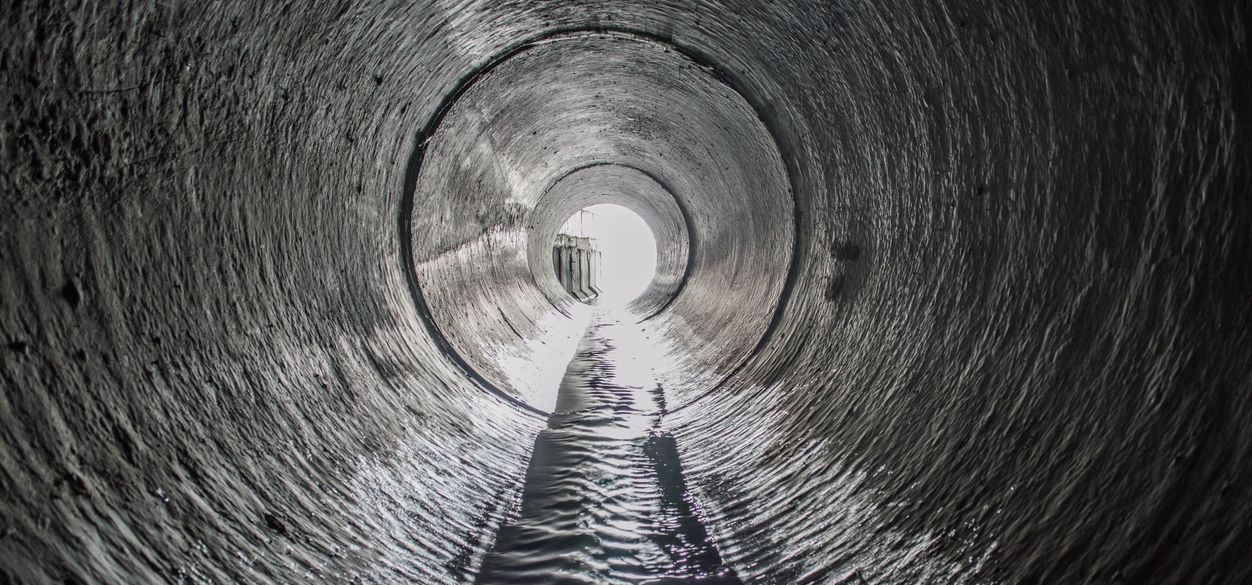2025/10/10
The Accelerating Deterioration of Social Infrastructure: Urgent Need for “On-Site” Innovation

Seven months have passed since a road collapse in Yashio City, Saitama Prefecture, caused by damaged sewer pipelines. Recently, the Ministry of Land, Infrastructure, Transport and Tourism (MLIT) has released the results of a special priority survey covering about 813 kilometers of sewer lines identified as needing urgent intervention due to high risk of corrosion. The survey found that approximately 72 kilometers were classified as “Urgency Level 1,” requiring immediate action within a year, while some 225 kilometers were designated as “Urgency Level 2,” requiring emergency measures and subsequent full remediation within five years. The inspection also confirmed six underground cavities, including four that had already been repaired. The findings underscore the seriousness of aging infrastructure, which has deteriorated more severely than expected.
The problem extends beyond sewer pipes. The aging of social infrastructure built and developed during and after the period of rapid economic growth is accelerating. By March 2040, about 75% of roads and bridges, 52% of tunnels, 65% of river management facilities, 68% of port facilities, and 34% of sewer pipelines will have been in service for more than 50 years. MLIT estimates that the cost of breakdown maintenance—repairs carried out after failures occur—could reach up to 12.3 trillion yen in fiscal 2048, whereas the cost of preventive maintenance, involving measures taken before failures occur, is estimated at 6.5 trillion yen. From a cost-effectiveness perspective, preventive measures are far more advantageous, and prompt action is necessary to prevent further tragedies from happening again.
That said, labor shortages remain a serious problem. Employment in the construction industry peaked at 6.85 million in 1997 and has since fallen to 4.77 million in 2024. That is, a decline of about 30 percent, or 2.08 million workers compared with the 1997 level. The workforce is also aging. Over the past two decades, the number of workers aged 65 and over has roughly doubled, reaching 800,000 as of last year. Meanwhile, the number of civil engineering staff at local governments --- the contracting authorities --- has also decreased by about 30 percent, from 194,000 in fiscal 1996 to 139,000 in fiscal 2024, according to the Ministry of Internal Affairs and Communications.
In April 2024, the construction industry became subject to new overtime regulations with penalties for violations. Furthermore, the intensifying summer heat has become another serious concern. MLIT now plans to introduce a “summer construction break” for civil engineering projects commissioned by its regional development bureaus. The measure is intended to improve safety, encourage more flexible working styles, and ease the labor shortage. However, longer project timelines will be inevitable. The aging of infrastructure mirrors, in concentrated form, the broader structural problems of our time—an aging and shrinking population, labor reforms, regional gaps, fiscal restraints, and the impact of climate change. But at the same time, the era offers its own advantages: ICT, AI, drones, and robotics. The challenge lies in how far we can advance the smart transformation of on-site operations through these cutting-edge technologies. A unified effort by industry, government, and academia is more urgent than ever.
Takashi Mizukoshi, the President
This Week’s Focus, September 21-25, 2025